So, is it a bread or a cake? It has the tenderness of a cake, but it’s baked in a bread pan and it’s sliced like a quick bread, but truly, it could be either.
Being a fan of ginger anyway, when I saw this recipe at Marie Raynor’s recipe blog, The English Kitchen, I knew I’d need to make it. Only trouble was, the recipe called for “stem ginger in syrup.” Hmmm. I knew what it was (fresh ginger in a thick sugar syrup), but was fairly certain I’ve never seen it here in the U.S. I did find it online at amazon.com – Stem Ginger in Syrup, but since it’s a heavy jarred product, I didn’t want to pay the hefty shipping. Stem ginger is just ginger that’s been sliced or cubed and cooked in a thick syrup until it’s tender.
What to do? Well, make your own, silly! It couldn’t be that hard, right? It wasn’t. So, I’m including 2 recipes below – one for the cake/bread and one for the ginger in syrup. If you happen to live in a part of the world where you can buy stem ginger in syrup, go for it. Otherwise, buy a big bunch of fresh ginger and make it yourself a day or so ahead.
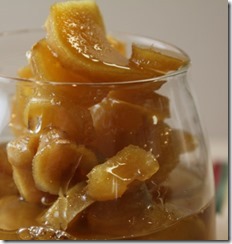 So first, the ginger: buy very fresh ginger – or go to a market where you think you’ll get younger ginger (some Asian markets actually sell a very young white ginger) peel it, cut into small chunks, combine it with a simple syrup and cook for awhile (about 45 minutes I’d say). Taste the ginger to make sure it’s soft enough. When I did, after about 30 minutes, it definitely was not softened enough, so I cooked it more than an hour, I think. And the syrup reduced down quite a bit too. After cooling in the pan, I poured it into a glass jar and let it rest in the refrigerator.
So first, the ginger: buy very fresh ginger – or go to a market where you think you’ll get younger ginger (some Asian markets actually sell a very young white ginger) peel it, cut into small chunks, combine it with a simple syrup and cook for awhile (about 45 minutes I’d say). Taste the ginger to make sure it’s soft enough. When I did, after about 30 minutes, it definitely was not softened enough, so I cooked it more than an hour, I think. And the syrup reduced down quite a bit too. After cooling in the pan, I poured it into a glass jar and let it rest in the refrigerator.
Since I made the ginger a few weeks ago it was just sitting in the refrigerator, and in that time the ginger began to crystallize, so I had little sugar crystals all over the ginger pieces. It didn’t make any difference since it was going to be baked anyway. I minced up the ginger into very fine little pieces and cut up the prunes too (not quite so small – each prune about 5 pieces)
The recipe also calls for muscovado sugar. I did find some of that, but the day I was going to bake this cake, I took it out and discovered that the sugar was as hard as a rock. The suggestion on the box was to place it in a bowl and cover it overnight with a very damp towel, and by morning it would be soft. I didn’t have time to do that, so I just substituted dark brown sugar. The recipe also calls for a common British ingredient – golden syrup. There, in Britain, you’d buy Lyle’s brand, and I’ve purchased it here at some specialty stores. If you don’t have it, use dark corn syrup instead.
The bread/cake is quite simple to mix up – like most batters. The prunes and ginger (with some of the syrup clinging to the pieces) were added in at the last and gently stirred to combine. The recipe suggested using parchment in the pan, but I have one of those wonderful new ridged pans that just doesn’t seem to need that kind of coaching. The top of the bread (right out of the oven) is brushed with the ginger syrup and sprinkled with turbinado/raw sugar. The bread came out of the pan perfectly – after I’d let it rest for about an hour. I did try to slice it within a couple of hours, and decided that was a bad idea – the cake was just too tender at that point. Once it sat overnight wrapped in plastic wrap, it sliced beautifully and I served it to my DH’s men’s bible study guys.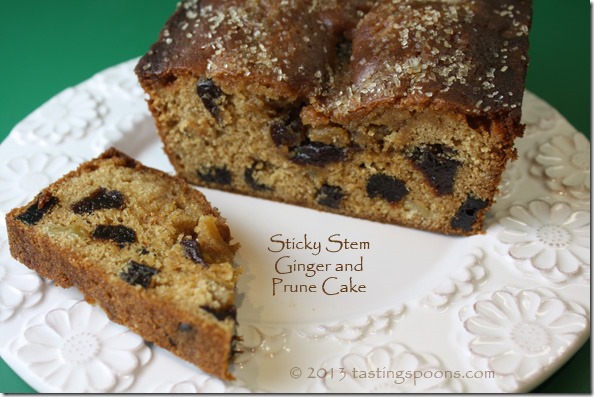
What’s GOOD: gee, the interesting taste – the little tiny nibs of crystallized ginger are barely noticeable (you can see one sticking up in the cut slice above) but the ginger flavor is just right. The prunes add lovely color and rich flavor. Altogether delicious. And yes, I’d make it again. The recipe makes just one medium sized height loaf and you’ll find that it’ll disappear fast. Because the cake is so tender, you’ll need to cut larger slices than in a quick bread kind. And make it the day before you need it as it needs the overnight resting time. Marie says this isn’t the prettiest of cakes, but I wasn’t put off by its appearance at all. The center sunk a bit, so when I brushed on the syrup on top some of it pooled in the crease – so it made the very center a little wet with syrup. The recipe is a keeper.
What’s NOT: nothing other than the nuisance of having to make your own stem ginger in syrup. I have enough to make another loaf, though, which will be nice.
Cake printer-friendly CutePDF
Cake Files: MasterCook 5+ and MasterCook 14 (click link to open file in MC – 14 includes photo)
* Exported from MasterCook *
Sticky Stem Ginger & Prune Cake
Recipe By: The English Kitchen blog (Marie Raynor)
Serving Size: 10
170 grams self-rising flour — (1 1/2 cups) sifted together with ginger
1 tablespoons ground ginger
120 grams unsalted butter — softened (8 1/2 T)
120 grams muscovado sugar — (9 1/2 T packed), or dark brown sugar
1/4 cup Lyle’s golden syrup — (if you can’t find it use dark corn syrup)
2 large eggs — beaten
100 grams stem ginger in syrup — finely chopped (about 1/2 cup or so)
100 grams prunes — finely chopped (about 2/3 cup loosely packed)
TOPPING:
2 tablespoons syrup from the jar of stem ginger
2 tablespoons turbinado sugar
Optional: if you like nuts, add some chopped walnuts or pecans to the batter – about 1/2 cup
1. Preheat the oven to 350*F/180°C. Butter a medium sized loaf tin (about 8 1/2 inches by 4) and line it with baking paper. Set aside.
2. Cream the butter and sugar together until light and fluffy. Beat in the golden syrup. Add the beaten eggs a bit at a time, whisking until thoroughly combined. Whisk in the flour/ginger mixture. Stir in the prunes and chopped stem ginger. Spread the batter into the prepared loaf tin, smoothing over the top. Bake in the preheated oven for 40 to 50 minutes, until the top springs back when lightly touched and a toothpick inserted in the centre comes out clean. Or use an instant read thermometer and remove when it reaches 200-205°F.
3. Remove from the oven. Immediately brush the top with the stem ginger syrup allowing it to asorb completely (any excess will pool in the center crease – try not to let that happen). Sprinkle with the demerara sugar and allow to cool completely in the pan. Wrap in plastic wrap overnight – will make for easier slicing. As this makes a very tender cake, cut into thicker-than-usual slices to serve.
Per Serving: 291 Calories; 11g Fat (33.0% calories from fat); 3g Protein; 47g Carbohydrate; 1g Dietary Fiber; 69mg Cholesterol; 251mg Sodium.
Ginger only printer-friendly CutePDF
Ginger only files: MasterCook 5+ and MasterCook 14 (click to open & add to MC – 14 includes photo)
* Exported from MasterCook *
Stem Ginger in Syrup
Serving Size: 12
1 cup fresh ginger — peeled, then cut into 1 inch pieces (see note #1)
2 cups sugar
2 cups water
1. Pour sugar and water in a saucepan and bring to a simmer. When the sugar dissolves, add the peeled ginger pieces. [My advice: use more ginger than you think – there’s ample fluid to prepare more than a cup.]
2. Simmer for approximately 25-45 minutes until the ginger is tender (taste it to make certain). You want the syrup to penetrate the ginger’s fiber. If the syrup seems too thin, remove cooked ginger and gently simmer the syrup until it’s reached the thicker consistency you prefer. Let cool and store the ginger and syrup together in a jar and refrigerate. After a few weeks the ginger will develop sugar crystals; that’s not a problem if you’re using the ginger in baking. The syrup makes a very nice glaze for a bread or cake – don’t use too much as it will make the cake or bread soggy. The syrup will have a very nice mild heat to it – can be used in other things like mixed drinks or lemonade.
Per Serving: 135 Calories; trace Fat (0.4% calories from fat); trace Protein; 35g Carbohydrate; trace Dietary Fiber; 0mg Cholesterol; 3mg Sodium.





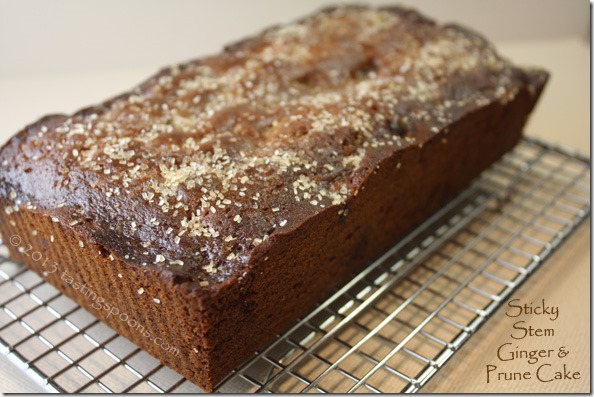

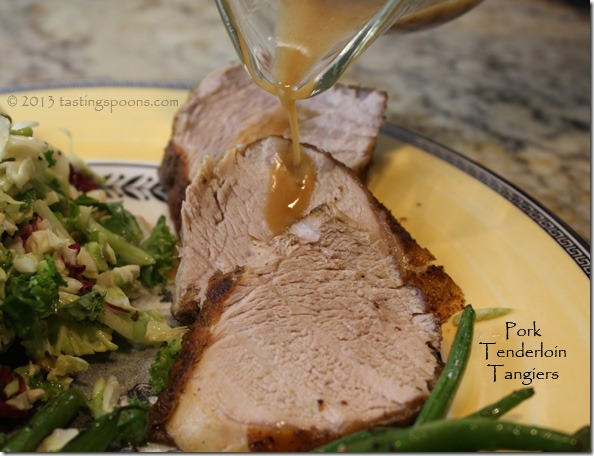
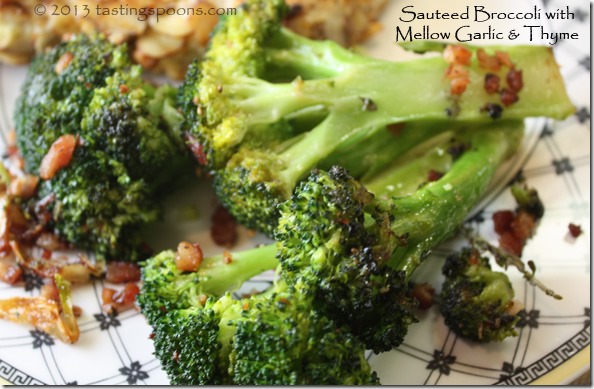
 iPhone) and ordered a used copy from amazon. Love that amazon ap! The book, by Susie Middleton, is
iPhone) and ordered a used copy from amazon. Love that amazon ap! The book, by Susie Middleton, is  of stirring to keep shifting the position of the broccoli. Next time I’ll use a much larger pan (well, a 12-inch). I have a new pan in my repertoire: a 12-inch nonstick by Swiss Diamond, pictured at left (photo from their website). It’s not available at Amazon (the 12-inch specifically). I ordered it from
of stirring to keep shifting the position of the broccoli. Next time I’ll use a much larger pan (well, a 12-inch). I have a new pan in my repertoire: a 12-inch nonstick by Swiss Diamond, pictured at left (photo from their website). It’s not available at Amazon (the 12-inch specifically). I ordered it from 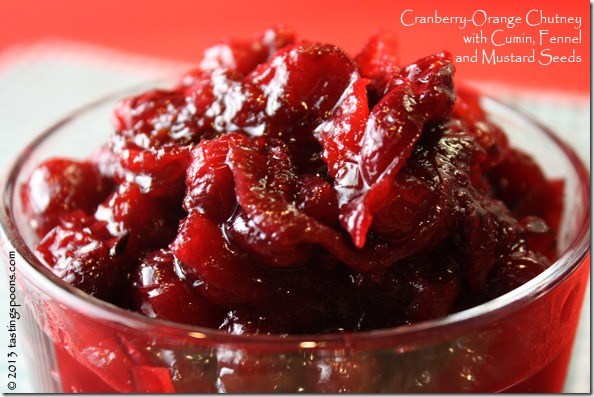
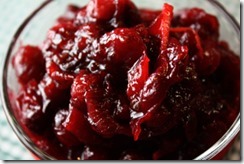
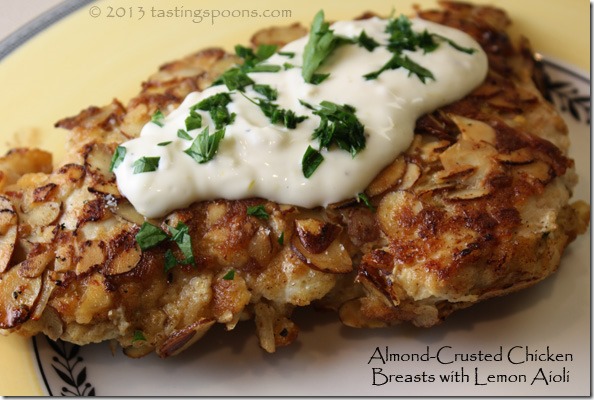
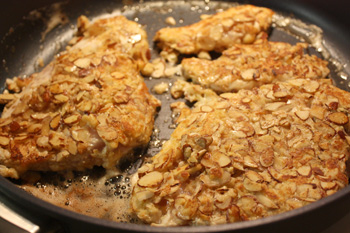
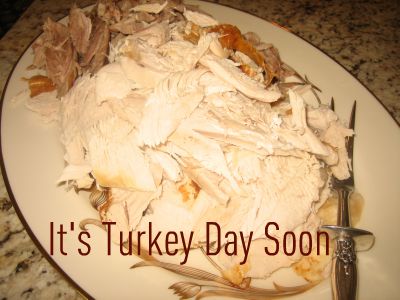

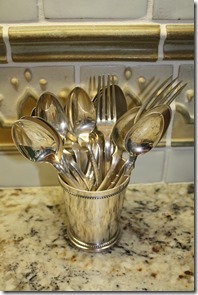
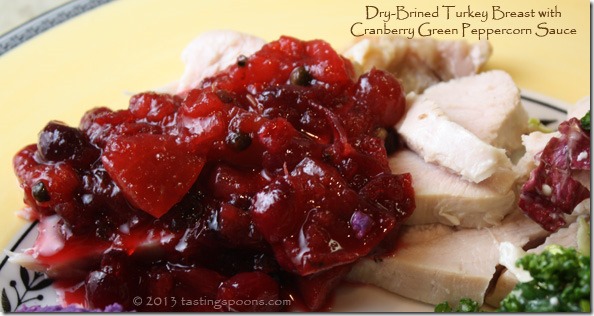
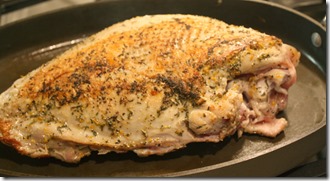
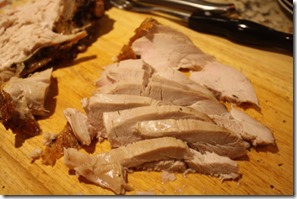
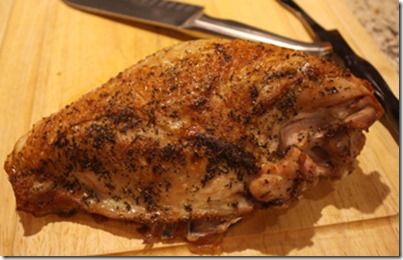
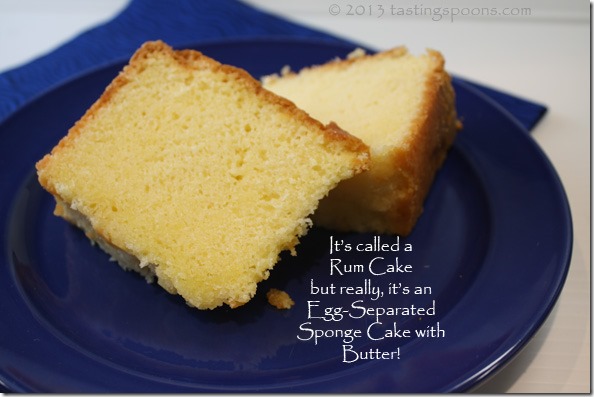
Leave a Comment!